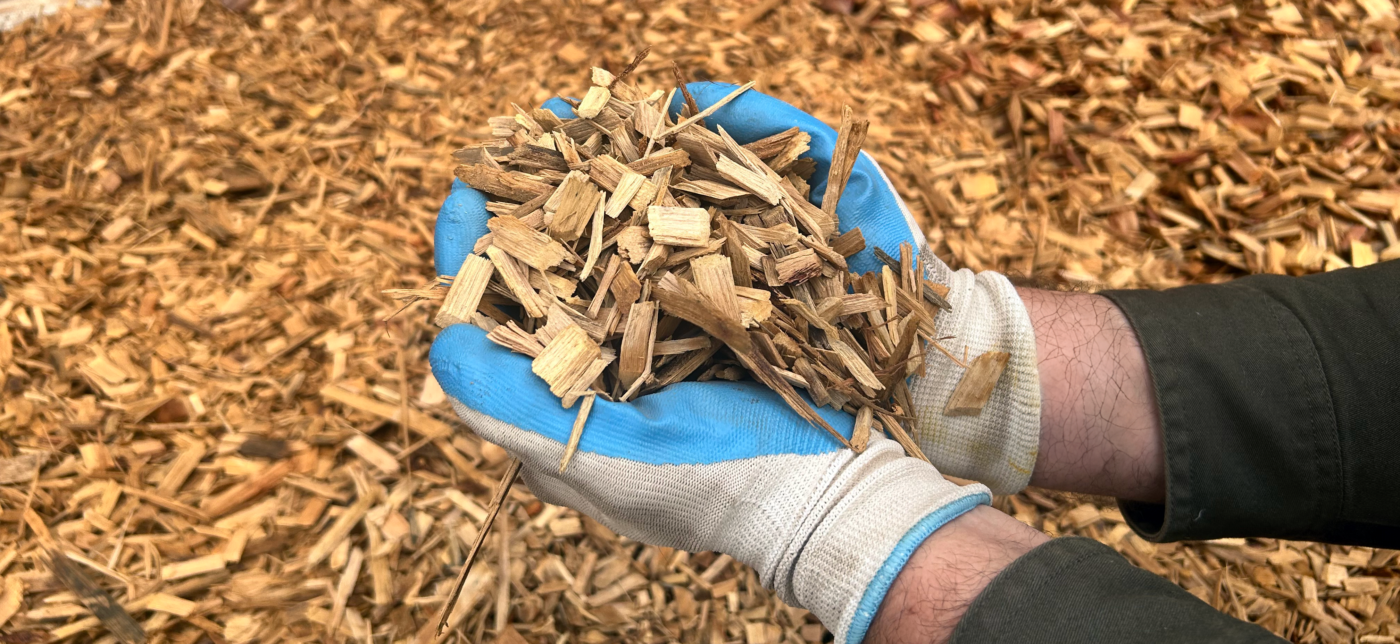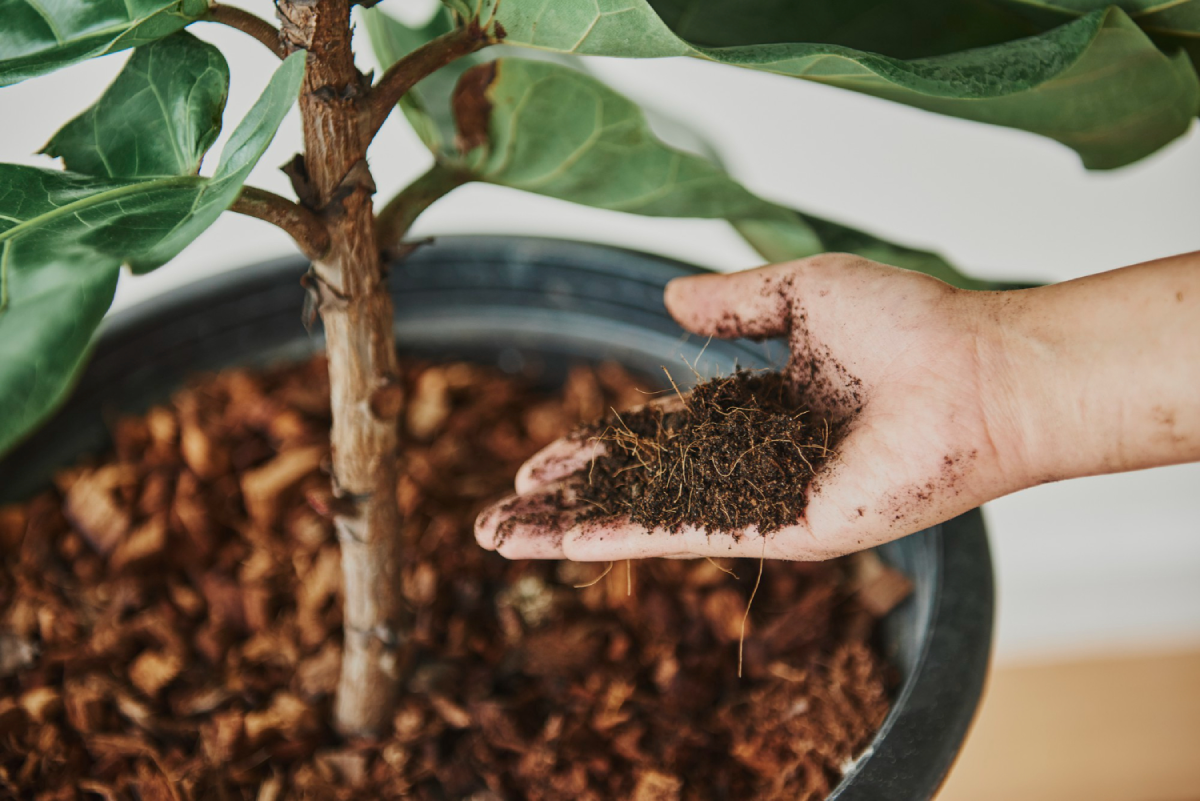
When choosing a mulch for your garden you need to consider a couple of things:
- What type of plants you have
- The area being mulched
- Whether you prefer an natural mulch or an reclaimed mulch.
Advantages and Disadvantages
All mulches help slow down moisture loss and suppress weed growth, offering various advantages and disadvantages.
Organic Mulches: These include barks, wood chips, Eucy mulch, forest fines, forest blend, and coloured wood chips. Being natural, they decompose over time, adding nutrients to the soil.
- Pine Bark Mulches: Well-suited for formal gardens due to their consistent colour and shape.
- Hardwood Chip and Cypress: These are long-lasting, needing replacement only every three years, though you might want to top them up earlier for aesthetic reasons.
- Forest Fines and Forest Blend: Excellent for sloped areas as they mat together, preventing mulch movement down the slope. They are also long-lasting, with a lifespan of up to three years.
- Eucy Mulch: Ideal for pathways and bushland settings because of its natural look. It has a finer texture, which may require more frequent topping up, although it typically lasts up to two years.
- Colour-Enhanced Mulches: Options like red wood chip and midnight mulch are long-lasting, up to three years. They add a contrasting color accent to any formal garden, brightening dull spots, highlighting feature plants, or providing a strong color contrast to foliage.

How to Apply Mulch to Your Garden
For optimal performance, mulches should be applied to your garden at a depth of 75mm, or no less than 50mm thick. At this depth, mulch will effectively suppress weeds and provide excellent water retention, preventing soil evaporation.
Before applying mulch, consider your soil’s natural characteristics:
- Nutrient Enhancement: It’s recommended to apply a fertilizer to your soil before adding mulch to ensure adequate plant nutrition.
- Improving Drainage in Heavy Clay Soil: If you have heavy clay soil, improving its drainage is essential. Adding a sandy loam type soil can help in this situation.
- Enhancing Water Holding Capacity in Sandy Soil: For water-repellent sandy soils, improve water retention by adding a good Organic Garden Mix.
Addressing Water Repellent Soils:
Over time, and especially during drought conditions, soils can become water-repellent, causing water to run off rather than soak in. To correct this before applying mulch, you can:
- Add Organic Material: Incorporate Greenlife Mulch and Compost or Nitro Humus into the soil, creating a mixture that is 25% compost by volume. Adding organic matter acts like a sponge, holding moisture in the soil, helping water penetrate deeper, and promoting deep plant root growth and development.
- Use a Wetting Agent: A wetting agent, which is a detergent-based product, breaks the surface tension of the soil and helps water soak in. This can be done in conjunction with adding organic matter for excellent results.
After making these adjustments, be sure to water the soil thoroughly and keep watering for one week to rehydrate the soil and support your garden’s growth.

